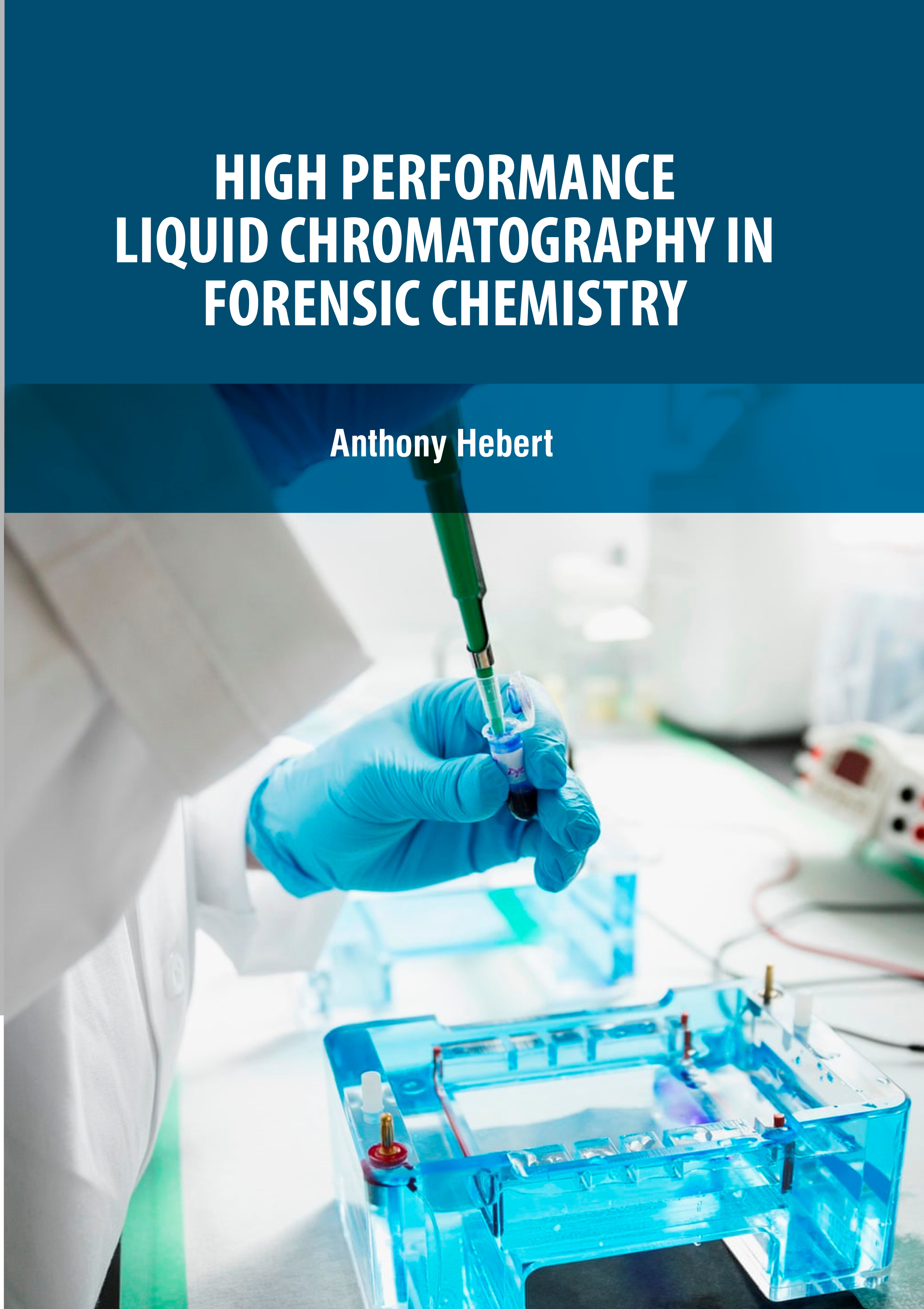
High Performance Liquid Chromatography in Forensic Chemistry
by Anthony Hebert
| ISBN | 9789372421088 |
|---|---|
| Publisher | Digital Drive Learning |
| Copyright Year | 2026 |
| Price | $260.00 |

by Anthony Hebert
| ISBN | 9789372421088 |
|---|---|
| Publisher | Digital Drive Learning |
| Copyright Year | 2026 |
| Price | $260.00 |
High performance liquid chromatography (HPLC) has been widely used for the analysis of antibiotics because it is superior to conventional microbiological assays in terms of specificity, sensitivity and analysis time. In this article, HPLC conditions for the analysis of a variety of antibiotics are summarized. The advantage of HPLC is that it can analyze very small samples and quantify trace amounts of impurities in those samples. The Drug Enforcement Administration (DEA) uses HPLC to detect trace impurities in drug samples. The profiles of these impurities in the drug samples can be matched to a specific method of manufacturing. Since each drug cartel has a slightly different manufacturing system and location, this information can be used to determine which cartel produced a specific sample of drugs. HPLC can be used as a non-destructive technique where samples can be recovered if required. The sample generally does not require pre-treatment such as chemical derivatisation and the analysis can be automated rendering the process more efficient. Samples must possess functional groups (chromophores) and properties which can be detected in a liquid stream, and the samples must be soluble in a variety of solvents which can be used as mobile phases for the HPLC system. Chromatography methods are a well-established, powerful suite of methodologies in forensic science. They can be employed for easy identification of a plethora of chemical compounds that may be present in samples from terrorist incidents, drug busts, murders, and robberies, to name but a few. The fundamentals and widespread applications of HPLC are standard in analytical textbooks and are described in many monographs. In forensic toxicology, the identification and quantification of illegal and therapeutic drugs, pesticides, and other organic poisons from human body fluids and tissue samples are the dominant tasks.